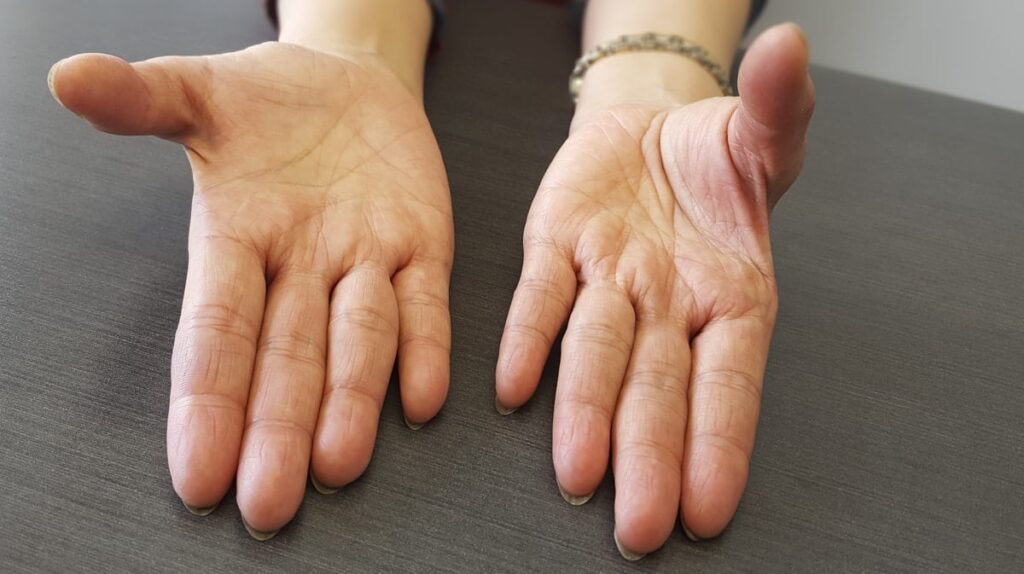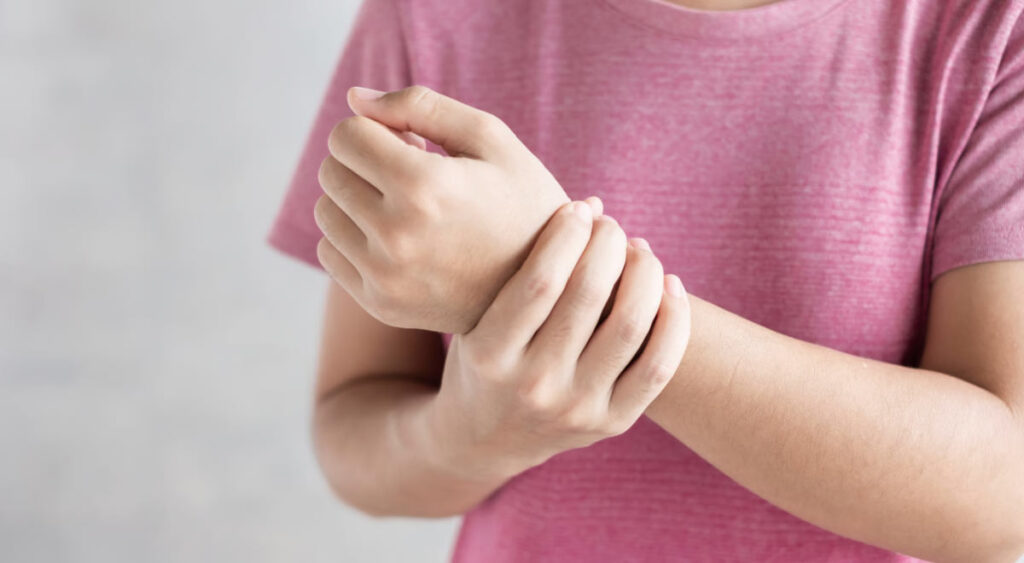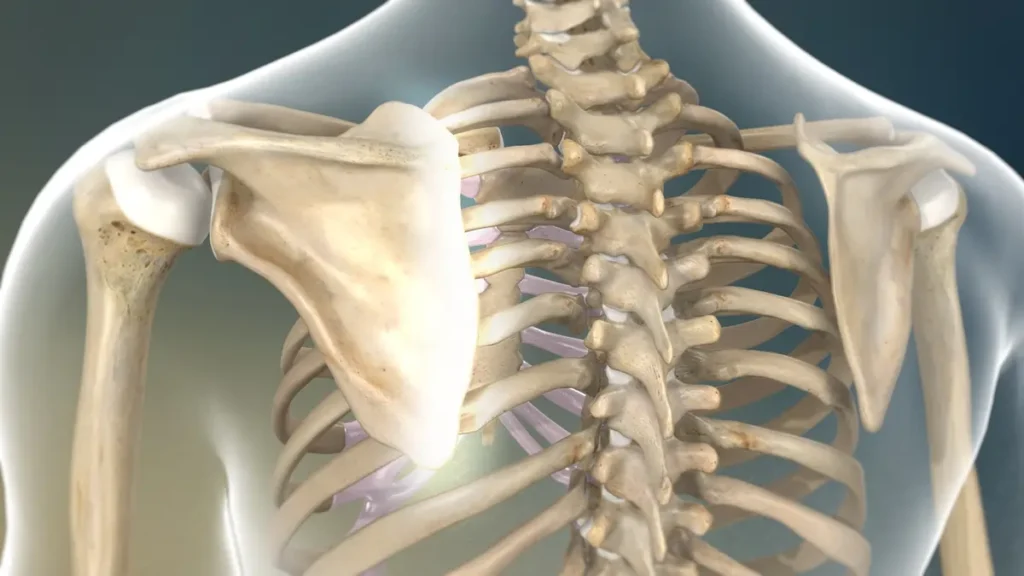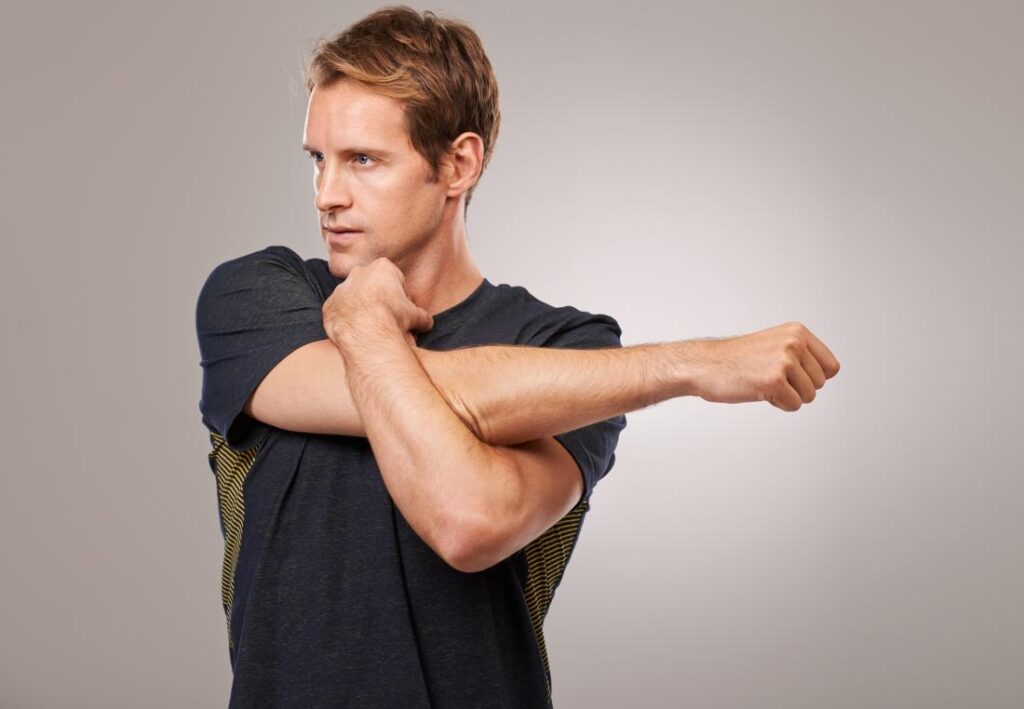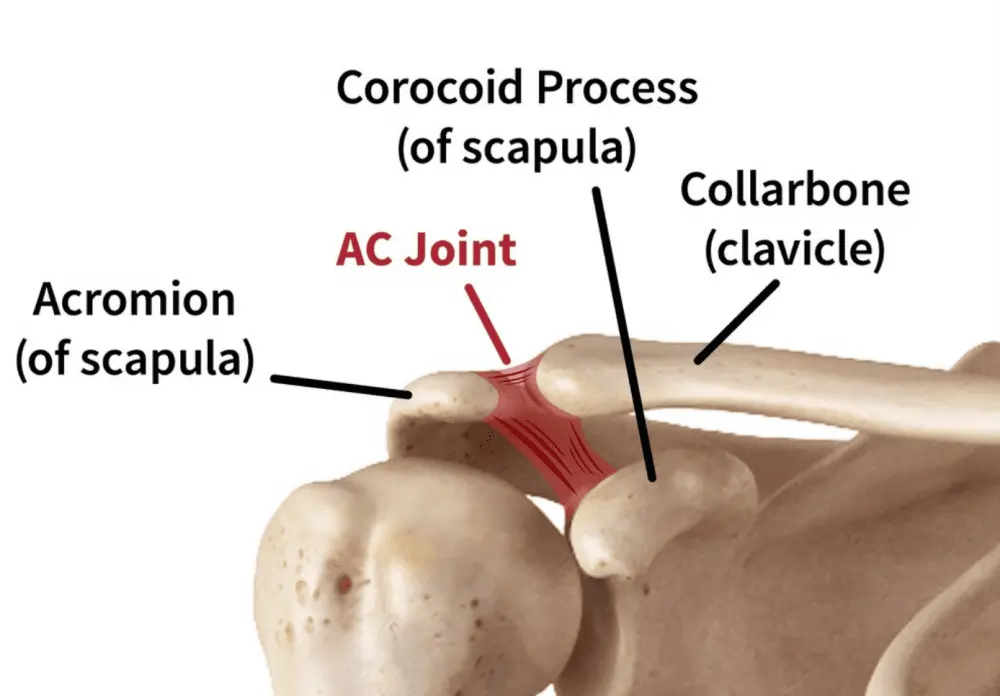Can Platinum Cause Infection in the Leg?
Misconception About ‘Platinum’ in Medical Context In this article, we talk about Can Platinum Cause Infection in the Leg? Firstly, it’s important to know that what is commonly referred to as “platinum” in patients’ lower legs is, in reality, titanium or stainless steel. The term ‘platinum’ is mistakenly used for these materials. Internal Bone Rods […]
Can Platinum Cause Infection in the Leg? Read More »







